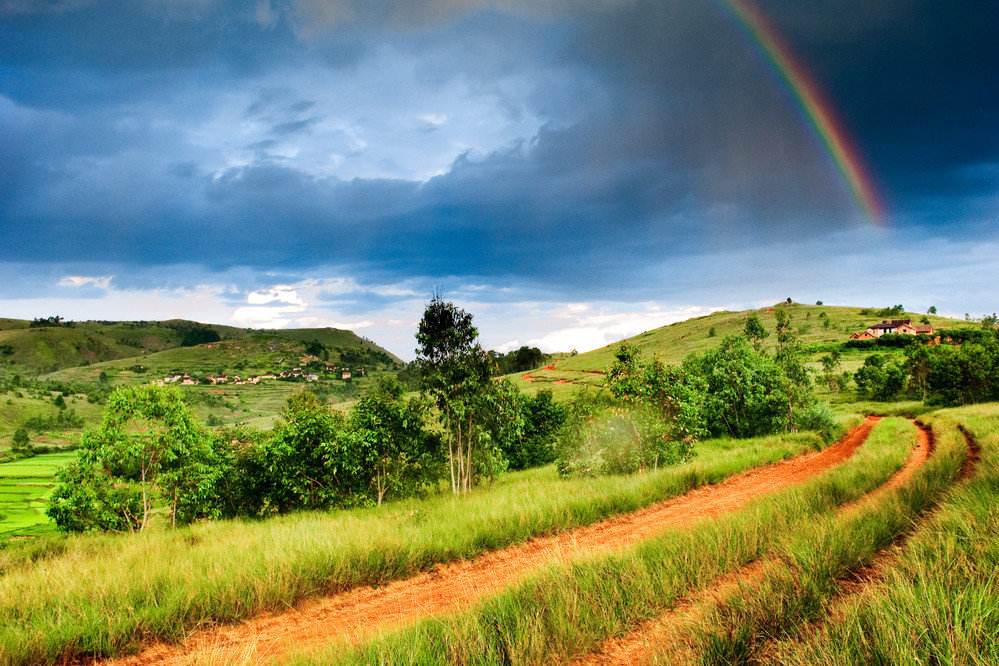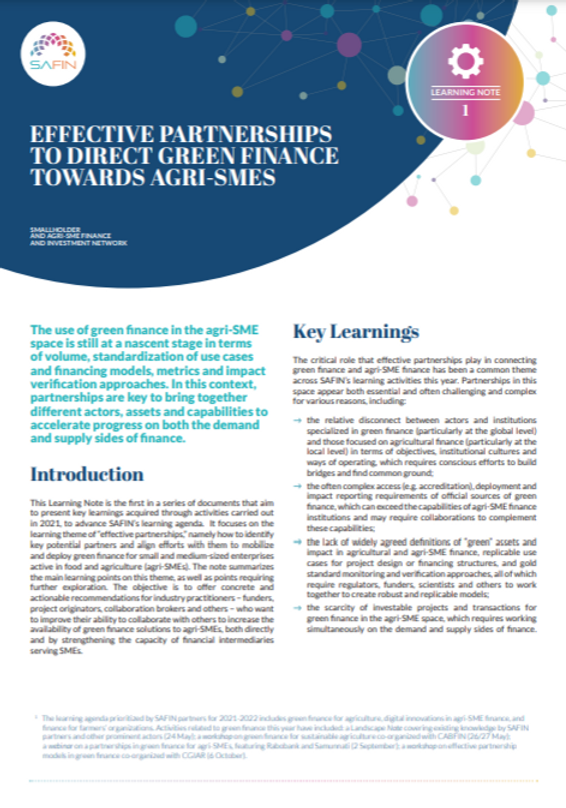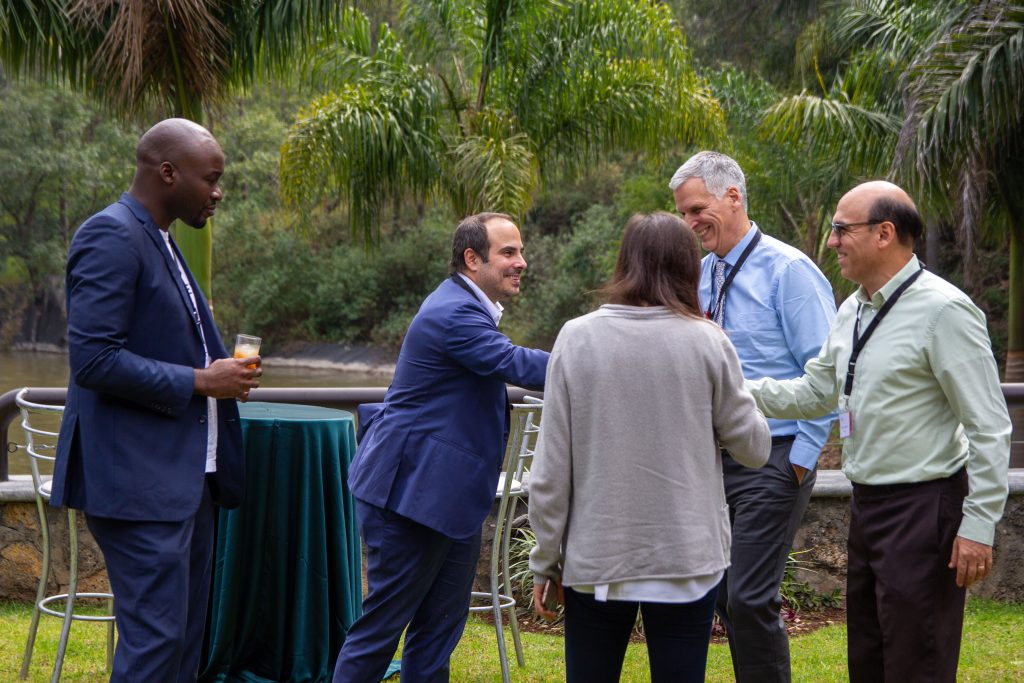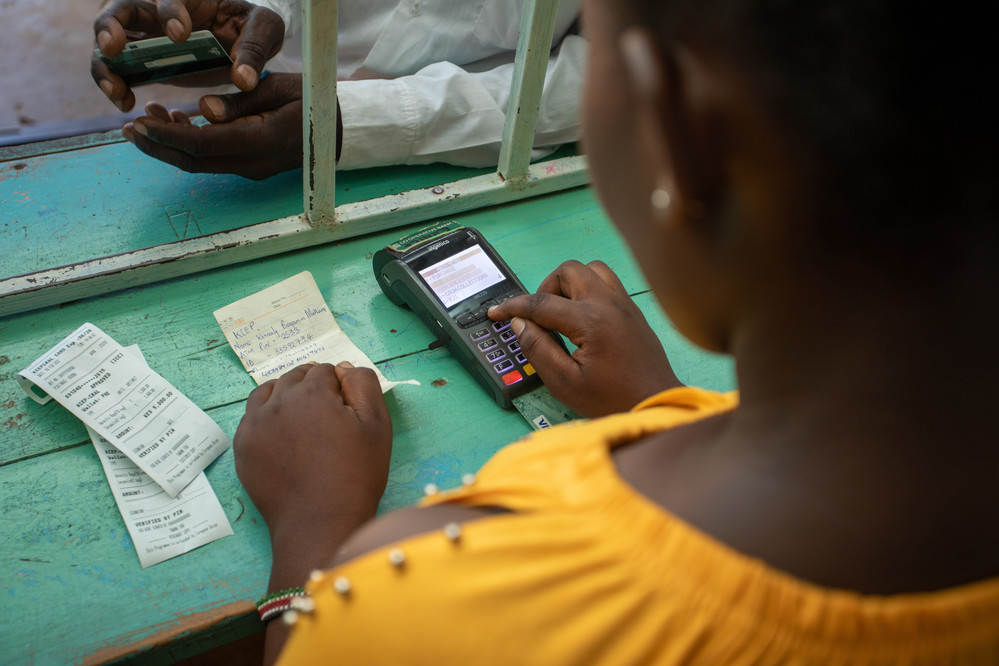COP26 negotiations have ended, and more than ever before, it is clear that the time to act on the ambitious goals of the Paris Agreement is now. Limiting global warming to 1.5 degrees Celsius requires investments that support climate adaptation and mitigation across food systems and in rural areas across the globe. Facilitating such investments requires empowering all food systems actors, including small businesses and rural communities, to invest more and better, supported by concerted efforts by providers and enablers of finance- from private investors to donors, governments to technical assistance providers.

Photo: IFAD/R. Ramasomanana
Greening our food systems to deliver healthier, more nutritious food and livelihoods sustainably cannot be done in the absence of financially empowered and resilient agricultural small and medium-sized enterprises (agri-SMEs). Agri-SMEs are recognized as the engines of food systems, providing essential products and services that move food from farm to fork. Despite their critical role, these enterprises often struggle to access the financing they need to sustain and grow their businesses, and struggle even more to access finance to green their business practices and step up their contribution to sustainable food systems.
Making more green finance solutions available to agri-SMEs means intense collaboration among SMEs themselves, global providers of green finance, local providers of agricultural finance, and other institutions with a broad range of expertise (from climate and environmental expertise to financial and agri-food sector expertise). What are the key ingredients to effectively partner with institutions that have different perspectives, capabilities, incentive structures and expectations in service of this shared objective?
Over the past year, SAFIN partners have convened around a learning agenda to address this question, which often plagues practitioners at the intersection of green and agricultural finance. Our learning activities around this theme have included three virtual learning events and two knowledge products, examining the state of climate finance in the agriculture sector, the opportunities and challenges of growing the green finance market in the sector, and how to effectively mobilize, package, channel and manage green investments focused on SMEs.
Throughout these learning activities, the complexity of building and sustaining partnerships emerged as a key challenge for many in the sector. In our recent Learning Note summarizing the key outcomes of this work, we present two fundamental areas of focus for more effective partnerships in this space: strategic and focused partner selection; and alignment around shared tools and metrics for impact. The Note provides actionable recommendations for industry practitioners working with others to direct green finance towards agri-SMEs, and ultimately to support them along the path to greener food systems and a greener planet.


